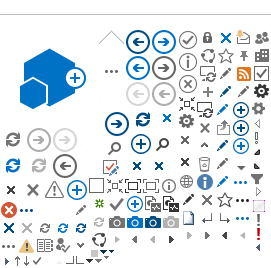ITU-T Study Group 5 - Environment and climate change
This page refers to a previous study period. For its most recent version, please see here.
Study Group 5 is the ITU-T Study Group responsible for studies on methodologies for evaluating the ICT effects on climate change and publishing guidelines for using ICTs in an eco-friendly way. Under its environmental mandate SG 5 is also responsible for studying design methodologies to reduce environmental effects, for example recycling of ICT facilities and equipment.
In addition to its climate focused activities the Recommendations, Handbooks and other publications produced by SG 5 have four main objectives. The first is to protect telecommunication equipment and installations against damage and malfunction due to electromagnetic disturbances, such as those from lightning. In this field, ITU-T SG 5 is the most experienced and competent standardization body.
The second is to ensure safety of personnel and users of networks against current and voltages used in telecommunication networks. The third is to avoid health risks from electromagnetic fields (EMF) produced by telecommunication devices and installations. The fourth is to guarantee a good quality of service (QoS) for high speed data services by providing requirements on characteristics of copper cables and on the coexistence of services delivered by different providers.
Work highlights
In recent years the most famous output of SG 5 has been an energy-efficient one-charger-fits-all new mobile phone solution. Every mobile phone user will benefit from the new Universal Charging Solution (UCS), which enables the same charger to be used for all future handsets, regardless of make and model.
SG 5 work also encompasses common agreed methodologies for measuring the carbon footprint of ICTs, to facilitate measurement of the impact of ICTs on emissions and support meaningful reporting and comparisons. ITU’s common methodology will help establish the business case to go green and support informed consumer choices and climate-friendly business procurement.
SG 5 has started work in an area important to the development of home networking technology. As more technologies emerge to allow the exchange of data within the home and small business environment, it has become necessary to address the electromagnetic compatibility (EMC) of these devices and networks. Standardization will help to improve the quality of service and to create safe interworking between the various technologies.
And, in accordance with Resolution 72 of WTSA-08 and Resolution 176 (Guadalajara, 2010) SG 5 will accelerate its work on human exposure to EMF by producing guidance on measurement methods and mitigation techniques in order to reduce the EMF produced by telecommunication equipment and installations and assisting developing countries in providing information on these issues.
